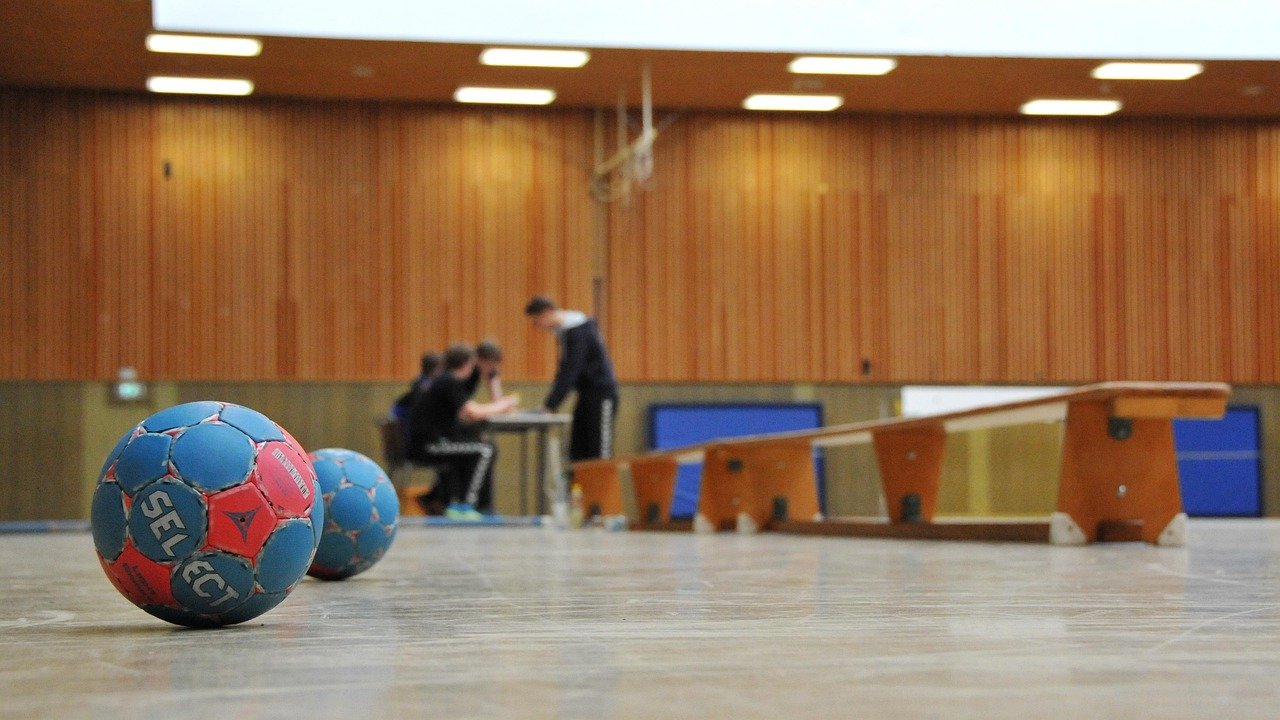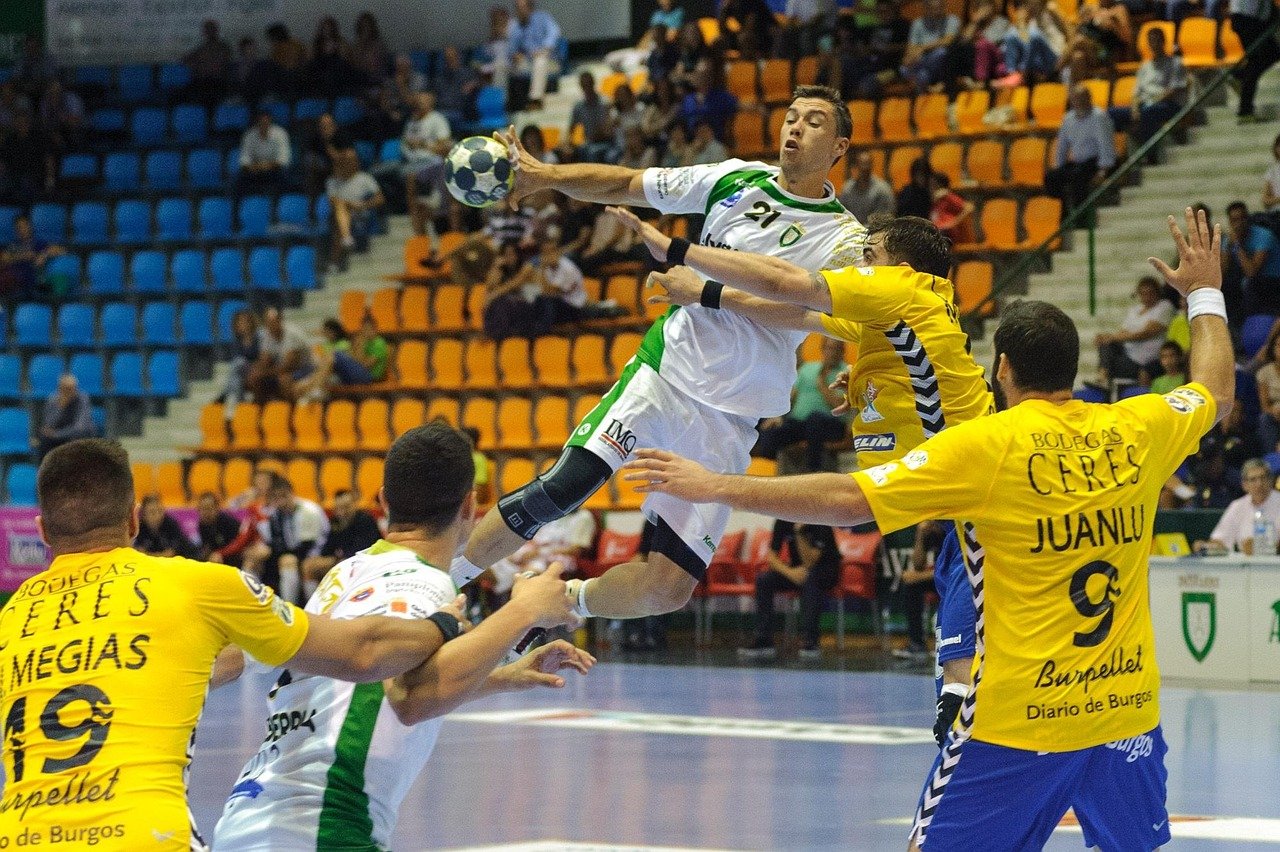The handball goalkeeper is one of the most critical and unique positions on the court. Acting as the last line of defence, a great goalkeeper can be the difference between a narrow loss and a decisive win. This article explores the essential skills, mindset, and physical attributes required to excel as a handball goalkeeper.
The Unique Role of the Handball Goalkeeper
Unlike outfield players, the goalkeeper is restricted to the goal area but enjoys certain privileges, such as using any part of their body to stop the ball and not being subject to dribbling violations when holding the ball within their area.
Goalkeepers are the only players who directly face every shot, requiring fast reflexes, bravery, and a strategic mind.
Core Skills Every Handball Goalkeeper Needs
Reflexes and Reaction Time
Shots in handball can exceed 100 km/h and often come from close range. Goalkeepers must react within milliseconds to block these attempts.
- Practise using reaction lights or drills with unpredictable ball directions.
- Develop anticipation through shot recognition and positioning.
Agility and Footwork
A strong goalkeeper moves efficiently along the goal line:
- Quick lateral movements are essential.
- Practise shuffling drills and agility ladders to improve foot speed.
Positioning
Knowing where to stand in relation to the shooter and the goal can drastically improve save percentages:
- Closer positioning narrows the angle but requires quicker reactions.
- Stay slightly off-centre based on the shooter’s dominant hand.
Shot-Stopping Techniques
Goalkeepers use a variety of body parts and save styles:
- Split saves for low shots.
- High hand blocks for top-corner shots.
- Spread stance or ‘star jump’ for mid-range stops.
Psychological Resilience
Goalkeeping is a high-pressure role. Maintaining focus and composure after conceding goals is vital:
- Develop mental routines to reset after each play.
- Use visualisation and self-talk to stay confident.
Communication and Leadership
A goalkeeper sees the entire court and often directs defensive plays:
- Communicate with defenders about screens and rotations.
- Call out unmarked players or anticipated passes.
Strong goalkeepers become tactical leaders, organising the team from the back.
Analysing Opponents
Top-level keepers study opponents to recognise shot patterns:
- Analyse video footage for preferred shooting angles.
- Learn tendencies of individual players (e.g., favoured side or fake moves).
Physical Attributes and Conditioning
While there is no ideal size, successful goalkeepers typically possess:
- Good height and reach to cover more goal area.
- Core strength for balance and stability.
- Explosive leg power for quick dives and jumps.
Conditioning should focus on:
- Plyometric exercises.
- Reaction drills.
- Core and lower body strength training.
Common Mistakes and How to Avoid Them
- Leaning too early: Wait until the shooter commits.
- Poor stance: Always stay on the balls of your feet with arms ready.
- Chasing the ball: Stay within the arc of the goal area and maintain balance.
- Overcommitting: React rather than guess; disciplined positioning wins more saves.
Developing as a Goalkeeper
To improve over time:
- Work with a specialist coach if possible.
- Review match footage to assess decision-making.
- Practise with different types of shooters and scenarios.
Goalkeeping is a position of continual learning. Even elite goalkeepers evolve their techniques throughout their careers.
Final Thoughts
A great handball goalkeeper is a mix of athlete, tactician, and leader. Through a combination of mental strength, technical skill, and smart positioning, a goalkeeper can elevate the performance of the entire team. Mastery in goal comes not just from saving shots, but from commanding the defence and dictating play.



